
2012 national competition project #189 | cafeteria redesign
I will redesign the cafeteria to make it better suited for its purpose by:
Including more space overall
Eliminating unecessary details
Providing more shade outside
Making it more enviornmentally friendly
dharp8413's work for the Collect Information step:
Summary
I took pictures of the whole cafeteria, and I looked at the blueprints for it.
Students are forced to sit outside when there are no more seats inside, and the tables are not...
This is the actual blueprint for the cafeteria, it is full of odd dimensions and some impractical...
This is the counter that holds the fountain drink machines. It is rounded around the back to fit...
This is the front of the cafeteria, the fact that it is round seems like a waste of material....
The teachers' lounge is tight and sometimes difficult to access from inside the cafeteria.
dharp8413's work for the Brainstorm Ideas step:
Summary
I composed ideas of what the cafeteria staff and various students had suggested and observed what these ideas would do to the overall design.
The entrance and condiments area, not quite sure about the wall in the middle being as long as it...
This is a rough outline of the Cafeteria walls. There are also walls where the pillars are in order...
This plan shows the basic first story floor plan and the location of trees in order to provide...
This is the symbol I am going to use for solar shingles. I went with solar shingles because they...
After traversing through the software's countless number of trees, I went with a mesquite tree...
This is the symbol used to represent the sinks we have in our school. I chose to use this symbol in...
dharp8413's work for the Develop Solutions step:
Summary
Compiled all collected data and composed rough drawings of the overall design utilizing sketches and other drawings.
The first step of the development. Soley the exerior walls and some major interior walls. also made...
Second step, this time interior walls are more prominent, but not complete. Also bathrooms are...
Third step, more interior walls and appliances and openings added. Finally ready to complete the...
Fourth step, nearly complete. Lackign a few major dimensions and come slight adjustments are needed...
This is the design for the second story. It was taken from a copy of the first story, and certain...
This is the final design of the first story floor plan. I know it should go in the next step, but...
dharp8413's work for the Final Design step:
Summary
My final project consists of several 3D views of what the project will look like from certain viewpoints.
An overall view of the building form one angle. In this view, you can see the symbol that...
Here is a view of the interior with simulated people interacting with the environment. The overall...
Here is a shot outside of more people. The garage doors are supposed to have glass in them, if you...
This view illustrates another side of the structure, only this time in a different detail, this...
This is a top view of the overall project. The blue represents all the areas with solar shingles....

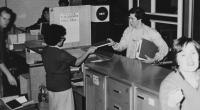


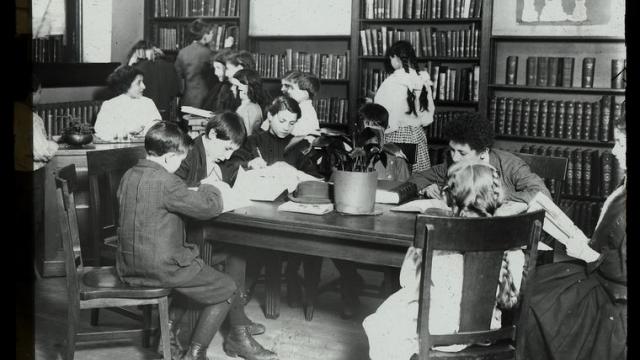
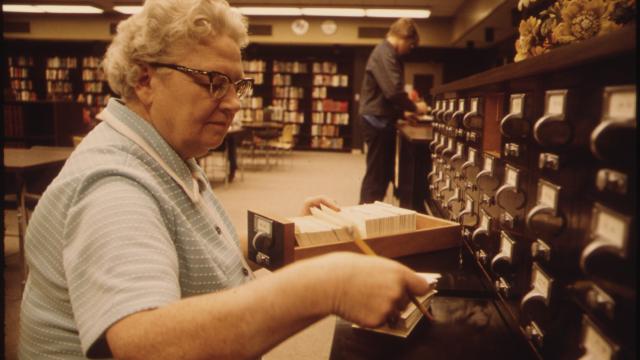
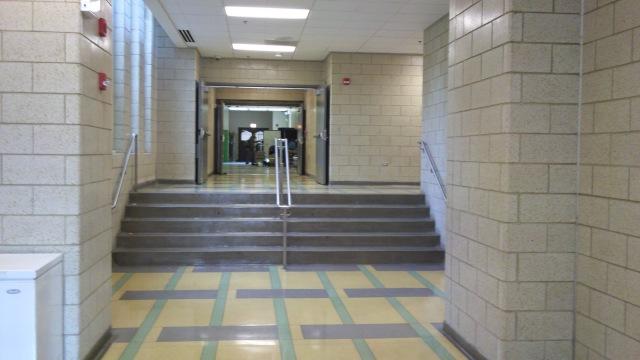









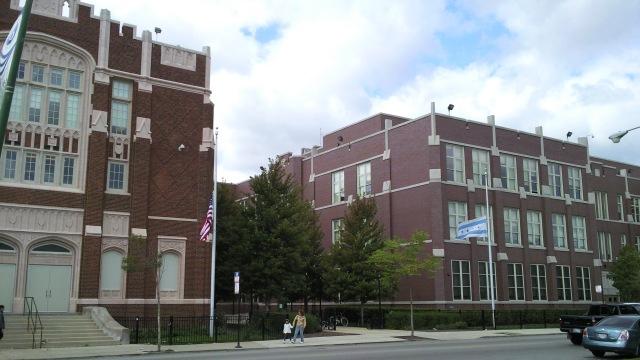

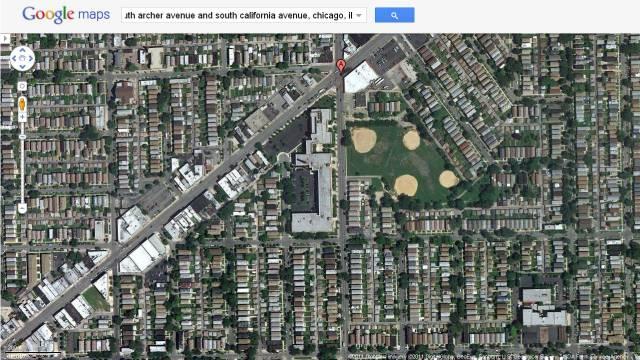























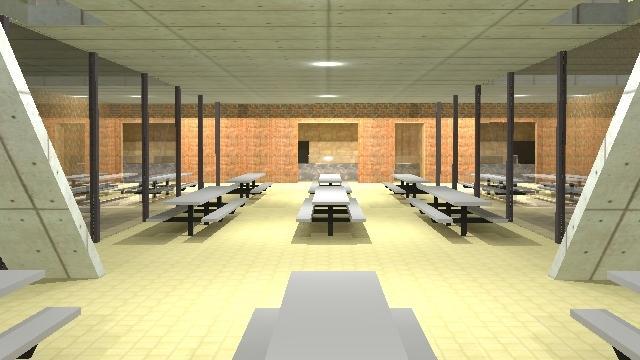

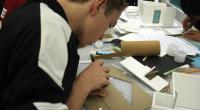








Comments
Good description of what your design brief or program is.
Very concise and to the point. This design brief becomes your blueprint for action.